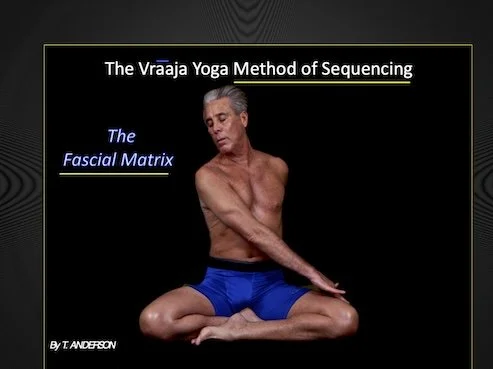The Fascial Matrix System and Somatic Movement
Somatic and explosive movements and the mutual relationship the fascial matrix system plays in both modalities.
Defining Somatic movement. The word Soma means - “The body perceived from within”. Somatic means “ Relating to the human body”.
Somatic in medical terms - Somatic cell, Somatic nervous system, Somatic pain.
Defining a Somatic cell - “ A Somatic cell repairs and reproduce only in one body”.
What is the Somatic nervous system? “A component of the peripheral nervous system associated with voluntary movement of skeletal muscle”.
What is Somatic pain? “Pain occurring in skin, muscle and connective tissue”. In lay terms Somatic pain is cramping.
Somatic movement is “Slow, smooth, with a concentrated awareness of the details of the movement itself”. Examples of Somatic movements are Yoga, Tai Chi and Qi Gong. Examples of explosive movements are sprinting, jumping or a baseball pitch. Somatic movement can take the fascia from a stage of thickness and stickiness (viscous) to a state of less viscosity. This is called (plasticity). Explosive movement is a state of muscle thus fascial (elasticity). We don’t want to jump right into a movement of elasticity which is why a slow warm up including stretching is necessary.
Somatic movement by it’s nature pulls and lengthens the fascial layers slowly allowing for a diverse and more expansive plain of motion. By slowly creating a more liquid state within our fascial matrix moving towards and into a state of fascial plasticity.
With our fascia in a state of plasticity, we are more physiologically adept at fascial elasticity which is required for explosive movement. Our fascia is superficial, underneath the sub, cutaneous fat.
This fascial layer holds our lymphatic vessels and when we move our body the superficial fascia called the “fascia profunda” stretches. This increases lymphatic fluid through the lymphatic vessels.
Our fascia surrounds our muscles and internal organs. This fascial layer is called the empimysium. Our next layer within this vast network is called the perimysium. This fascial layer is the lubricating force within the muscle. The perimysium is is also inside our internal organs. The next layer of fascia is the periosteum - the fascia around bone. The endomysium is the fascia around each of our trillion of cells.
The fibroblast cell is the main cell of fascia by secreting the collagen fibers formed by hyaluronic acid. Our fascia is a continuous network of fibers from head to toe, underneath our skin, around our muscles and internal organs, inside our muscle and internal organs, around our bone and around all of our trillions of cells. To move our body whether somatically or explosively this fascial matrix must be in a liquid state. In explosive movement the fascia has an increase of velocity and must be able to handle that increase of velocity (elasticity) by first transitioning from viscosity to (plasticity).
Fascia is the key driver in Somatic movement by allowing the body slowly to have a wider range of motion. Where with explosive movement the fascia has to be able to handle the force of velocity put forth.
